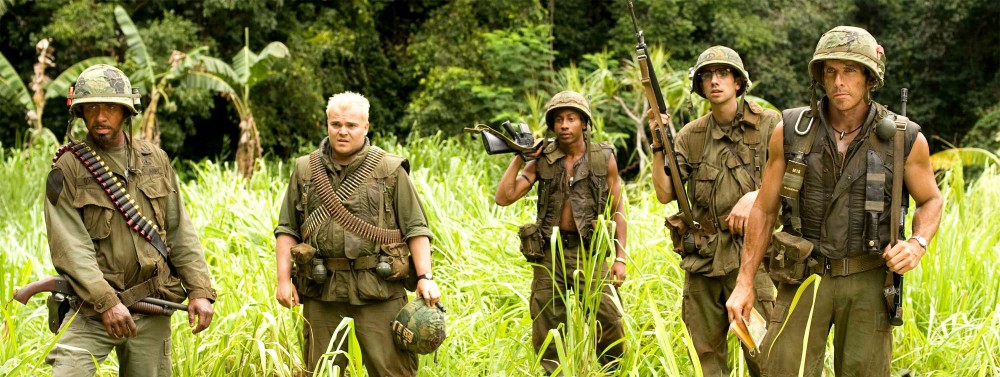“Through the Olive Trees” is my favorite film we have watched so far. I found that in order to completely comprehend the film it is necessary to understand the setting of the narrative. We discussed it briefly in class; the story begins after an earthquake destroyed much of Iran. People were left homeless and in many cases with no surviving family members to lean on. Iran’s history creates a foundation for the symbolism utilized in the film. The idea of a house or lack of one was repeated throughout the story. A house seemed to symbolize what “used to be.,” or in other words pre-earthquake life. In contrast to the house another image or object repeated is the olive. In many cultures an olive or olive branch represents compromise or a new beginning. Together, these symbols reflect the current state of the country, Iran, in the film. Before the earthquake, the people had established homes that were most likely past down through the generations. Nature so quickly took this from them. As a result forced them to make a decision; hold on to the rubble of the past or find a new future? Kirastami, the director of the film, uses symbolism to further emphasize the crossroads the people of Iran find themselves in post earthquake.
In general a house or home symbolize shelter or stability. It is a place where people seek comfort from the “outside” world. The idea of a home first appears in the film when the grandma is introduced to the audience. During that first shot of the house the camera is angled up giving the impression that the grandma should be respected. This aids in determining that the Grandma does represent a generation from the past. She is one of few who have not lost everything in the earthquake. The fact that an elderly woman of an older generation still has her home lends to the notion that a house represents the past. The Grandma also vocalizes this when she refuses to give the young gentleman her blessing to wed her granddaughter. When the boy asks what her reasons are she clearly states that not having a house is among her top concerns. The boy quickly rebuts this with no one has a house, therefore making her argument not valid in his eyes. This disagreement signifies that a house is an indicator of a past time. This idea is also represented in the film when the actor who plays a director asks a young mother what her permanent address is and she responds saying she no longer has one. This tells the audience that again, a home is a symbol of a different time.
Along with the symbol of the house the olive or the olive tree is a significant symbol as well. Historically, an olive branch symbolizes peace or contentment. The most memorable scene with an olive branch in the film is the final scene. The last moments of the film depict Hossein running after the “love of his life, amidst blooming olive trees. It is obvious to the audience that the olive trees are of importance because of the wide zoomed out shot. If Hossein running through the trees were the focal point of the scene then the camera would have followed him as he ran. The music accompanying the scene is happy, leading the audience to believe that Hossein’s marriage proposal was accepted. Having the olive trees associated with the birth of a new relationship signal that the olive is a symbol of new or coming to peace with the old. The young couple went against what the generations before the earthquake believed and are accepting to move forward with life after the tragedy.
I do think that the symbol of the olive and the house individually provide a unique element to the film. That being said I think that together they create a bigger impact. The two symbols represent the two options one faces after any tragedy and in this case specifically a natural disaster. One can either hold on to the past and live life as it was or come to peace with the present, making way for a new future. The contrasting symbols represent the harsh reality of this choice.
